A passion for patient engagement: Meet the medical publications team
By Leah Kinthaert

Taylor & Francis' roots go back to 1798, when Richard Taylor launched the Philosophical Magazine, one of the first scientific journals.
Today, we have 375 peer-reviewed journals across medicine, health, and pharmaceutical science, covering specialist areas of practice from surgery to substance misuse. We publish research from top pharmaceutical companies like Pfizer, Roche, GlaxoSmithKline, and Sanofi.
Because the medical publishing landscape is continually changing, Taylor & Francis partners with professional organizations to foster knowledge-sharing and dialogue. This gives us insights into trends and factors shaping the industry. It's an exciting time to be in medical communications, with technology such as AI promising to accelerate cures. It's also a challenging time, with the exponential growth of scientific fraud.
We sat down with four people who work at Taylor & Francis – Head of Publication Development Jonathan Patience, Senior Editor Kelly Soldavin, Journal of Medical Economics Executive Editor Mike Gregg, and Current Medical Research & Opinion Executive Editor Mithi Ahmed – to ask them why they have chosen to work in publishing, and what they do in their day-to-day work as publishers to support the medical communications community.
Jonathan Patience, Head of Publication Development, Taylor & Francis
Head of Publication Development Jonathan Patience explains why he chose his current career path: "I have an academic background in life sciences, and having spent many years as an Editor for medical journals, contributing to furthering science through the publication of high-quality research is important to me. One reason I got into publishing was because of the shocking impact poorly communicated science, especially that of unethical or fraudulent science, can have worldwide."
Patience continues: "In this role, I work with many like-minded people who are passionate about science and appreciate the value of high-quality research that’s been conducted with rigor and ethics foremost."
Jonathan described what his day-to-day role looks like. "I manage the Publication Development Team, who act as a single point of contact at Taylor & Francis for medical communications and pharmaceutical publications teams. We liaise with these teams regularly on a wide range of issues. For example, a publications lead from a pharmaceutical company might reach out to us to ask for time-sensitive advice around a research output they are managing, such as which Taylor & Francis journals would fit their criteria, and we can advise on the most suitable options to meet their needs."
We see ourselves as a partner to help them reach their publishing goals and to have the best possible publishing experience, regardless of the editorial decision outcome.
Jonathan continued: "We also help to provide clarity on the status of papers under review, by liaising with the journals' editorial teams. A publications lead may have questions about a journal’s audience, or our copyright and open access policies, or might want to follow up afterwards to request metrics for their article, to provide feedback on their experience, or ask about what else they can do to increase discoverability and engagement with their research. We know they work to tight deadlines, so we provide advice with very fast turnaround times. We see ourselves as a partner to help them reach their publishing goals and to have the best possible publishing experience, regardless of the editorial decision outcome."
Jonathan explained how this determination to bring the best possible publishing experience led to the development of a new type of publication output. "The pharmaceutical publishing network places high value on engagement with their research, so they are always thinking of creative ways to do this; I enjoy exploring these ideas with them to determine if there is a novel publication output that might prove suitable for our journals. It was this work that enabled us to roll out plain language summaries at Taylor & Francis, one of the initiatives I was proud to co-lead on with my colleague Kelly Soldavin."
Jonathan elaborated on the topic of research engagement: "There is an increasing emphasis on how to best engage with the target audience. Research has revealed that many clinicians do not have time to read full primary publications, and the time spent reading an article could not possibly be enough to digest it in its entirety. Focus has shifted towards the question of how to surface the most crucial details of a piece of research to an audience in the most engaging way; this is why we’re hearing much more about infographics, video, and plain language summaries. In addition, there is an increasing trend towards patient engagement with research – for example, participation not just in clinical trials but also in study design and publication."
Kelly Soldavin, Senior Editor, Taylor & Francis
Senior Editor Kelly Soldavin has a passion for medical communications that stems from her own personal experiences. Soldavin explains: "For me, I’ve always wanted a career that made a positive difference in people’s lives. As someone who has battled health issues since my early twenties, I’ve become passionate about making sure patients have the evidence-based medical information they need to make informed decisions about their care and treatment. The wonderful thing about the medical communications and publications community is that I’m surrounded by colleagues who are just as passionate as me about publishing high-quality research and making it accessible to wide audiences."
As someone who has battled health issues since my early twenties, I’ve become passionate about making sure patients have the evidence-based medical information they need to make informed decisions about their care and treatment.
Soldavin continues: "In my role as Senior Editor, I’ve had the opportunity to continue the Taylor & Francis partnership with the International Society for Medical Publication Professionals (ISMPP). This relationship has allowed me to become involved with the organization in several ways—as a committee member and contributor to conference sessions, webinars, and podcasts—all of which put me in regular contact with fellow professionals. In addition to ISMPP, I’m involved with other organizations and events for medical publication professionals, and our T&F Publication Development Team hosts publishing workshops for individual companies."
The medical communications community has unique needs, and Soldavin explained the importance of Taylor & Francis' role as a publisher to serve those needs. "We take a very hands-on, problem-solving approach when working with authors, funders, and other community members, who know that they can rely on their Taylor & Francis contacts to support their publication journey. We maintain an interactive presence in the community, which focuses on collaboration with pharmaceutical and biotechnology companies, medical communication agencies, academic authors, and other publishers to pursue initiatives that improve the quality, accessibility, and discoverability of the content we create and publish."
Soldavin finds those community interactions, such as her work attending events, giving webinars and podcasts, and just the day-to-day listening and learning from others to be the best part of her job. She explains: "My most rewarding collaborations have been initiatives in which those from across the community have come together to develop publication best practices, improve the accessibility and discoverability of publications, and champion patient partnership and engagement in the publication process."
The wonderful thing about the medical communications and publications community is that I’m surrounded by colleagues who are just as passionate as I am.
Mike Gregg, Executive Editor, Journal of Medical Economics, Taylor & Francis
Executive Editor, Journal of Medical Economics Mike Gregg shares Kelly Soldavin's enthusiasm for community engagement: "I enjoy developing closer links and relationships with Journal of Medical Economics authors and medical communications professionals. My affiliations with these communities help me provide better services for them. They also help me understand where issues lie in the publication process and how we can improve those areas."
Like Kelly Soldavin, Mike Gregg finds conferences, such as ISPOR (The Professional Society for Health Economics and Outcomes Research) invaluable to relationship building: "I meet regularly with medical communication professionals at conferences to discuss their publication plans and what they need from us to make our processes more customer-friendly. It's a great opportunity to meet them face-to-face and explain the latest products and services Taylor & Francis can provide."
My affiliations with these communities help me provide better services for them.
Mithi Ahmed, Executive Editor, Current Medical Research & Opinion, Taylor & Francis
Mithi Ahmed, Executive Editor, Current Medical Research & Opinion, Taylor & Francis, points out that there is a lot more to the fulfillment of her role every day than just publishing the work of her customers. Ahmed explains: "Through my membership with the International Society for Medical Publications Professionals (ISMPP) and the vast opportunities I have had to collaborate with other members in the society—many of whom work within medical communications and pharma—I've ultimately found a reward that goes beyond 'business.'"
Ahmed continues: "We've all got one common goal, which is to support each other and the industry so that we can facilitate getting research into the hands of practitioners quicker and, ultimately, enriching the lives of the patients that all of this research is for. Building those relationships, learning from one another, and being on the same page about why we all do what we do gives a lot more meaning to my role and working with the industry."
"I also think publishers play a critical role in bridging the gap between pharma companies, medical communications agencies, and patients. Working with the industry has really enabled us to understand how we communicate science and research with our readers better, and has resulted in some great initiatives at Taylor & Francis."
Publishers ... play a critical role in bridging the gap between pharma companies, medical communications agencies, and patients.
We were intrigued by Mithi Ahmed's mention of initiatives at Taylor & Francis that were born out of her work with medical communications communities, and asked her to elaborate.
Ahmed discussed some of the changes that came about post-pandemic: "One of the biggest shifts within the industry in recent years was finding ways in which we can make research more accessible and easier to digest for healthcare practitioners (HCPs) and patients. After the pandemic, we realized that communicating with real patients and human beings is not as straightforward as we thought. Research needs to be better communicated in accessible formats in order to be understood. This has informed the development of more digital-focused, bitesize, and lay language features within journals."
Ahmed continued: "As a result, Taylor & Francis has done a fantastic job of providing an extensive digital offering. Across many of our journals, we offer a range of article enhancements including video abstracts, graphical abstracts, and infographics. In recent times we have also seen a demand for podcasts, and this is something our journals are planning to roll out this year. Our Dove imprint already does this really well, and our Expert Medicine imprint has a video journal as well."
Research needs to be better communicated in accessible formats in order to be understood.
This ability to innovate and adapt to the needs of patients to provide the best solutions for the medical communities that serve them came up many times in conversations with both Kelly Soldavin and Mithi Ahmed. One current trend that Taylor & Francis has fully embraced is the introduction of Plain Language Summaries(PLS), more recently evolved into Plain Language Summary of Publications (PLSPs), which communicate the significance of scholarly and scientific research evidence to wide audiences in clear, jargon-free language.
Ahmed describes how PLS were rolled out: "Kelly Soldavin and Jonathan Patience (Head of Publication Development) have been pioneers at Taylor & Francis in ensuring this is rolled out and getting word out there to the industry about it. We've seen great uptake, which has been further strengthened by the addition of our Expert Medicine imprint, which also has a great PLSP production process."
“The audiences for these includes practitioners, policymakers, the public, and professionals in nearby disciplines. A PLSP is a standalone version of a PLS but with an increased length and the inclusion of visuals, which provides a greater opportunity to engage audiences with research in a more accessible way. These article features and types are proving to be really important tools for customers to better engage patients and clinicians.”
Ahmed elaborated on another important trend happening right now, patient engagement and patients as co-authors. "Whilst rolling out features that help the industry communicate research better, we've also understood that they want to engage with patients directly themselves and have them involved in the publication process. This is a new and exciting development in publications. As a result, a big focus this year is incorporating more patients into our practices and publication vision within the Medicine & Health portfolio. We recently saw the launch of patient perspectives, and we are currently developing a framework and guidance for patient authors who may be co-authors on research papers. With the integration of Expert Medicine, we've also inherited a brilliant Patient Advisory Board and PLSP patient peer reviewers. These patient experts are really important in propelling our patient-focused initiatives at Taylor & Francis into a new frontier. Whenever I meet or speak with medical communications customers, they are always excited to hear any updates on these initiatives, as they are also prioritizing patient engagement in their publication planning and writing process."
Inevitably, AI (artificial intelligence) came up in these conversations. It's an ever-moving target, but all of the teams were working hard to adopt this technology and adapt to this new landscape. Kelly Soldavin described some of the challenges her team has encountered, specifically around GAI (generative artificial intelligence). "GAI now makes it easier to generate articles and images, which causes issues if these articles are submitted to journals, even more so if they are accepted. Over the last few years, we have seen a proliferation of this type of activity, partly due to pressures to publish in some geographies, which places a burden on editorial teams. We're addressing the quality and ethical issues that GAI introduces, and finding consensus among publishers and organizations when it comes to AI policies."
Mithi Ahmed elaborated on this topic, sharing some of the resources around AI and publishing that have already been developed by the team. "Current Medical Research & Opinion has published three great position statements on AI from ISMPP, the Healthcare Communications Association, and the World Association of Medical Editors. All three position statements provide practical advice for the industry and academia on how they may work with AI ethically and productively."
You can learn more about the work Taylor & Francis does for Medical Communications Agencies here.
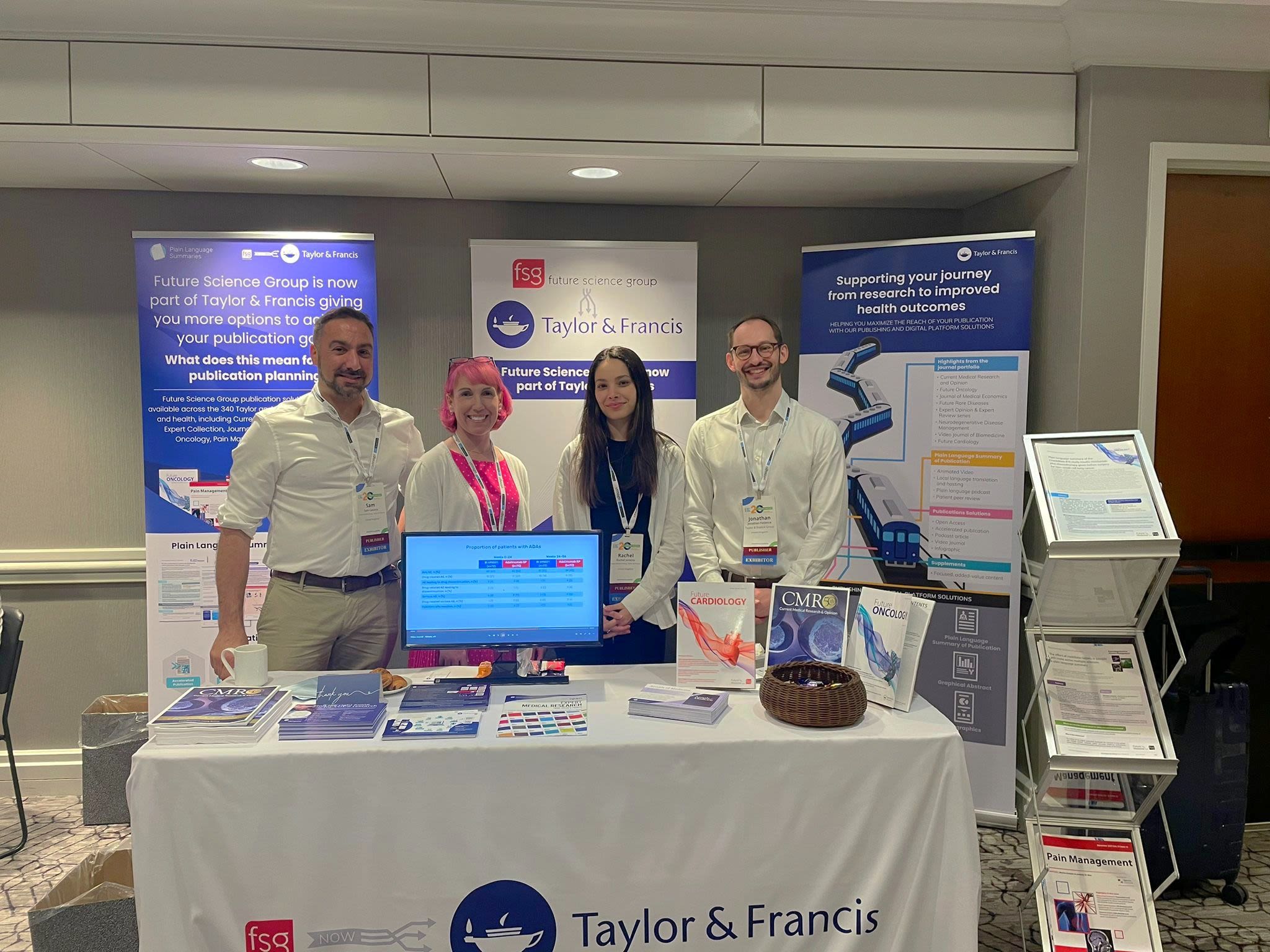
From L to R: Sam Cavana, Kelly Soldavin, Rachel Jenkins, and Jonathan Patience attending to their booth at ISMPP.
From L to R: Sam Cavana, Kelly Soldavin, Rachel Jenkins, and Jonathan Patience attending to their booth at ISMPP.

Jonathan Patience, Head of Publication Development, Taylor & Francis
Jonathan Patience, Head of Publication Development, Taylor & Francis
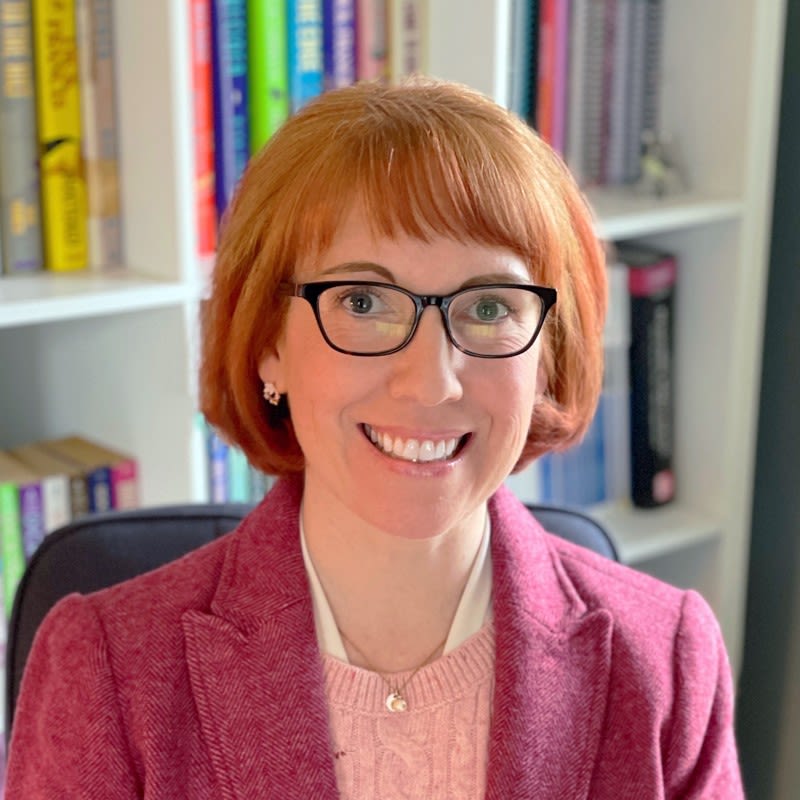
Kelly Soldavin, Senior Editor, Taylor & Francis
Kelly Soldavin, Senior Editor, Taylor & Francis
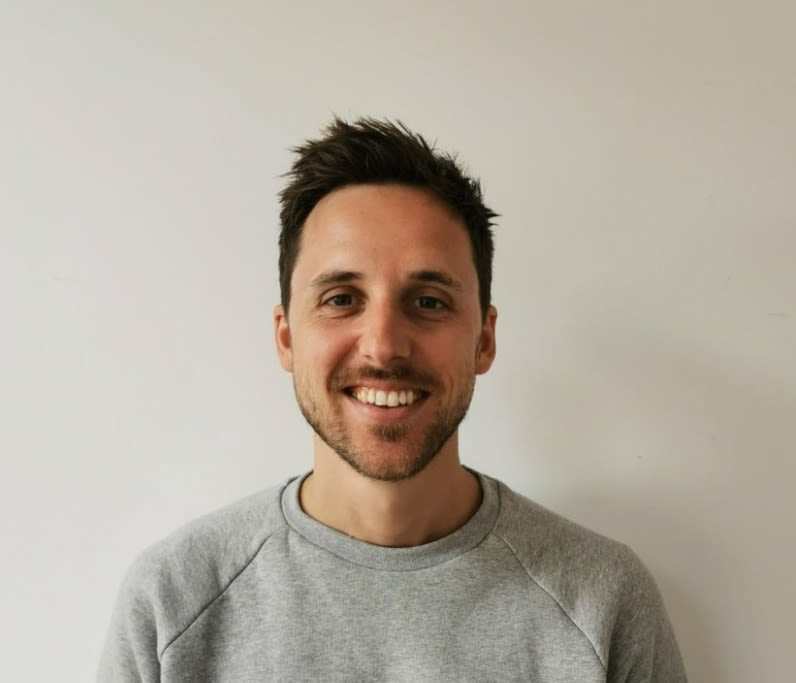
Mike Gregg, Executive Editor, Journal of Medical Economics, Taylor & Francis
Mike Gregg, Executive Editor, Journal of Medical Economics, Taylor & Francis
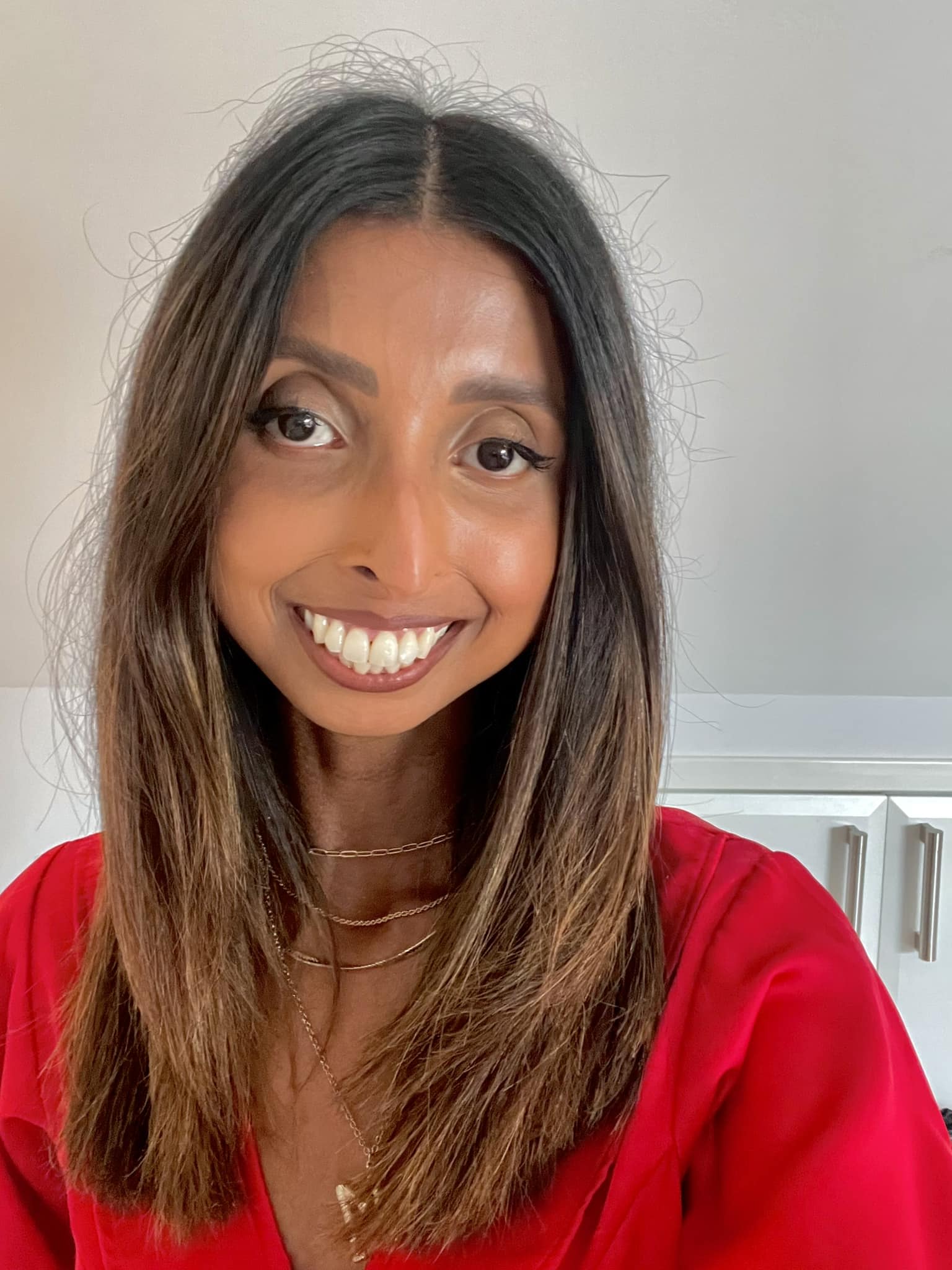
Mithi Ahmed, Executive Editor, Current Medical Research & Opinion, Taylor & Francis
Mithi Ahmed, Executive Editor, Current Medical Research & Opinion, Taylor & Francis
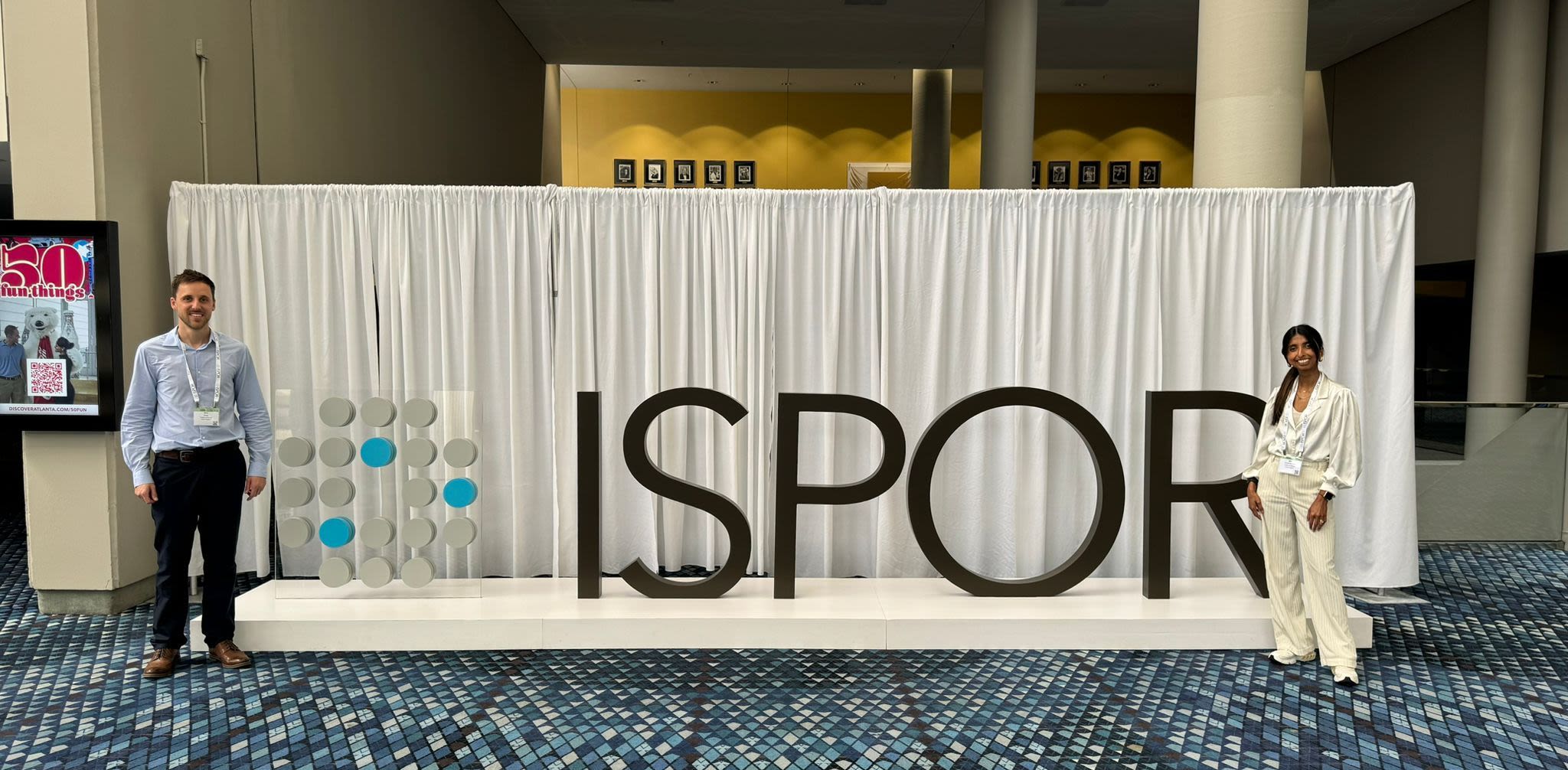
Mike Gregg and Mithi Ahmed attending the ISPOR 2024 event (The Professional Society for Health Economics and Outcomes Research)
Mike Gregg and Mithi Ahmed attending the ISPOR 2024 event (The Professional Society for Health Economics and Outcomes Research)
You might also like:
Visit our insights blog
Find find curated content on policy engagement, public engagement, the role and contribution of publishers, and more:
 China
China Africa
Africa
